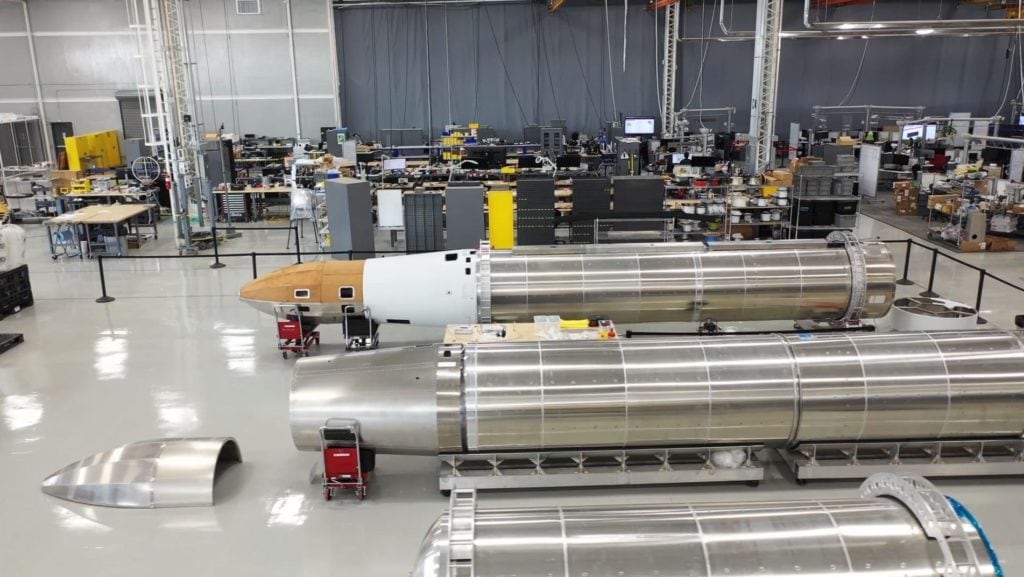
Today, we are kicking off a campaign of three launches.
Our latest rocket will launch from Alaska’s Kodiak Island in a bid to win the Defense Advanced Research Projects Agency’s (DARPA) Launch Challenge. The winning company must successfully deliver a payload into low-Earth orbit on short notice—then be prepared to do it all over again from a different location, within a few weeks. While the second launch will also take place in Kodiak, the goal is to encourage the development of small, nimble rockets that can deliver small satellites quickly, from mobile launch pads anywhere in the world. We like this goal, and are honored to support our country’s strategic space capabilities by competing in the Challenge today.
When we founded Astra three years ago, we stayed under the radar. No website, no press tours of our 250,000-square-foot Bay Area facility, no flashy trade show booths. We set out to build a new kind of space company, and we wanted to be free to experiment, to iterate, over and over again, holding ourselves to our own standards, instead of the expectations of others.
Rapid test and iteration are the cornerstones of our development process. We’ve performed thousands of rocket engine tests at our headquarters in Alameda, a few hundred feet away from where those engines are designed and built. We can afford to experiment quickly and repeatedly because our rockets are far less expensive. The rockets are primarily constructed from lightweight aluminum, instead of costly composite and 3D printed materials.
During the flight there will be a few major milestones along the trajectory to orbit. The more we accomplish, the more we learn, and the closer we are to reaching orbit. Success for this flight means we accomplish enough to make orbit within three flights, which we have defined as reaching milestone 5 or beyond… separating the upper stage successfully in outer space. We believe that once we reach this milestone, we’ll be no more than two flights away from reaching orbit.

We have a second rocket ready to go (“2 of 3”), and another will be ready right after that, and we are confident that we will reach orbit because the faster you learn, the faster you succeed.
Ad Astra,
Chris and Adam